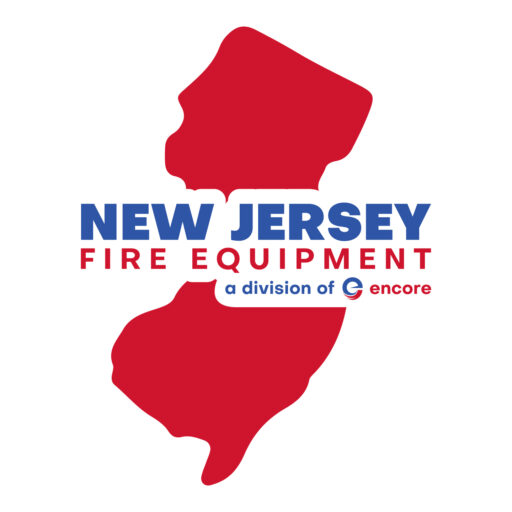Emergency lighting equipment is designed to provide illumination during power outages. The equipment is made up of a rechargeable battery, a means to charge the battery, one or more lamps to provide illumination, and a relay device to energize the lamps automatically when the AC power fails. The battery is sized to provide emergency illumination for a period of 1-1/2 hours in the event of failure of normal lighting.
Yes! NFPA 101 Life Safety Code Section 31-11.3.7 requires a 30 second test at 30 day intervals and an annual test for a 1/2 hour duration. NFPA 70 National Electric Code Section 700-4 requires testing upon installation and periodically afterward. Both codes also require written records to be kept for inspection by the authority having jurisdiction.
Yes! Very much so. Section 1910.36 of the Occupational Safety and Health Act requires among the other things: In every building or structure equipped for artificial illumination adequate and reliable illumination shall be provided for all exit facilities. Every automatic sprinkler system, fire detection and alarm system, exit lighting, fire door and other item of equipment, where provided shall be continuously in proper operating condition.
Yes! Fire Marshals, Building Inspectors, and OSHA Inspectors can all inspect emergency lighting and give out heavy fines if the units prove to be inoperable. OSHA – Labor 29 CFR CH. XVII 1910.36 – General Requirements (b) Fundamental Requirements (6) In every building or structure equipped for artificial illumination, adequate and reliable illumination shall be provided for all exit facilities. (d) Maintenance (2) Every automatic sprinkler system, fire detection and alarm system, exit lighting, fire door, and other items of equipment where provided, shall be continuously in proper operating condition.
OSHA – Labor 29 CFR CH. XVII 1910.37 – Means of Egress, General (q) Exit markings (1) Exits shall be marked by a readily visible sign. Access to exits shall be marked by a readily visible sign in all cases where the exit or way to reach is not immediately visible to occupants. (5) A sign reading “Exit”, or similar designation, with an arrow indicating the direction, shall be placed in every location where the direction of travel to reach the nearest exit is not immediately apparent. (7) Each internally illuminated exit sign shall be provided in all occupants where reduction of normal illumination is permitted.
NFPA – 101 Life Safety Code Section 31-1.1 General Requirements 31-1.1 Equipment Maintenance and Testing. 31-1.3.7 Periodic Testing of Emergency Lighting Equipment. A functional test shall be conducted on every required emergency lighting system at 30-day intervals for a minimum of 30 seconds. An annual test shall be conducted for the 1-1/2 hour duration. Equipment shall be fully operational for the duration of the test. Written records of visual inspections and tests shall be kept by the owner for inspection by the authority having jurisdiction.
NFPA – 101 Life Safety Code Section 31-1.1 General Requirements 31-1.1 Equipment Maintenance and Testing. 31-1.3.7 Periodic Testing of Emergency Lighting Equipment. A functional test shall be conducted on every required emergency lighting system at 30-day intervals for a minimum of 30 seconds. An annual test shall be conducted for the 1-1/2 hour duration. Equipment shall be fully operational for the duration of the test. Written records of visual inspections and tests shall be kept by the owner for inspection by the authority having jurisdiction.
